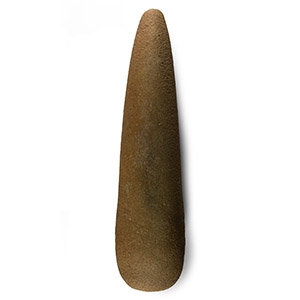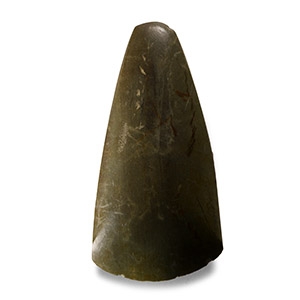Home > Auctions > 4 June - 8 June 2024
Ancient Art, Antiquities, Natural History & Coins
Auction Highlights:
From the private collection of a London gentleman, from his grandfather's collection formed before the early 1970s.
Accompanied by an academic report by Dr Raffaele D’Amato.
This lot has been checked against the Interpol Database of stolen works of art and is accompanied by a search certificate number no.12039-216430.
Cf. the sword finds parallels in various similar Viking age specimens of variant T, published in Petersen, J., De Norske Vikingsverd, Oslo, 1919, especially the sword from Utgården, seliord, Telemark, p.151, fig.121; or types S and T in Peirce, I., Swords of the Viking Age, Suffolk, 2002, pp.106-109, specimens C16430 and C18454-C3210 & C3211; Sedov, B.B., Finno-Ugri i Balti v Epokhi Srednevekovija, Moscow, 1987, pl.CXXIII no.11.
These swords were widely used in the Baltic area, to the extent that V. Kazakevicius noticed a variation within the decoration of some Type T swords, creating a Curonian type T, which were most likely of Baltic manufacture (at least the hilt construction). The traces of silver ornaments are not sufficient to determine the type of ornamentation, but the remains are artistically consistent with archaeological examples of decorative work from the geographic region or estimated cultural point of origin, probably Eastern Scandinavia or the Baltic areas.
Acquired on the European art market in the 1990s.
From the property of a Suffolk collector.
See Petersen, J., De Norske Vikingesverd, Oslo, 1919; Oakeshott, R.E., The Archaeology of the weapons, London,1960; Jakobsson, Krigarideologi och vikingatida svardstypologi, Stockholm, 1992; Peirce, I., Swords of the Viking Age, Suffolk, 2002; this sword finds good parallels in various similar Viking age specimens. A very similar sword can be found in the Musée de l'Armée, Paris (inv. no. JPO 2253, s. Peirce, 2002, pp.118-119); another has been sold at Christie's London, Antique Arms and Armour, 16 December 2002, lot 46; another similar specimen can be seen at the Museum of Cluny.
The blade shows in its central section, and on both cutting edges, the blodiձa style pattern-welding through the central portion of the blade (Oakeshott, 1960, fig.70). The fine pattern-welded blade patterns of Viking swords are the blodiձa (Blood-Eddy) and 'ann' (rows of mown hay) known from Norse poetry.
Probably from the collection of General Sir George Cockburn (1763-1947), Shanganagh Castle, Co. Wicklow, Ireland, sold at auction between 1935-1939.
Accompanied by an old handwritten identification card.
Probably from the collection of General Sir George Cockburn (1763-1947), Shanganagh Castle, Co. Wicklow, Ireland, sold at auction between 1935-1939.
Cf. MacGregor, A. ed., Antiquities From Europe and the Near East in the Collection of The Lord McAlpine of West Green, Oxford, 1987, no.5.7, for similar form.
Probably from the collection of General Sir George Cockburn (1763-1947), Shanganagh Castle, Co.
Wicklow, Ireland, sold at auction between 1935-1939.
Cf. MacGregor, A. (ed.), Antiquities from Europe and the Near East in the Collection of Lord MacAlpine of West Green, Oxford, 1987, item 1.12, for type.
Found Charente, Dordogne Region, France.
From an old French collection formed in the early 1900s.
From the collection of a Norfolk, UK, lady collector.
Found whilst field walking near Salisbury, Wiltshire, UK.
Ex British private collection.
From the collection of a South West London, UK, specialist Stone Age collector.
Cf. MacGregor, A. (ed.), Antiquities from Europe and the Near East in the Collection of Lord MacAlpine of West Green, Oxford, 1987, item 1.9, for type.
Found by the Somme River at Abbeville, France.
From an old French collection formed in the early 1900s.
From the collection of a Norfolk, UK, lady collector.
Abbervillien in style - a phase of the Olduwan that occured in Europe dated to 600,000 to 400,000 years ago.
Found whilst fieldwalking in the Melton Constable area, Norfolk, UK, in the 1960s; thence by descent to the finder's daughter.
From the collection of a Norfolk, UK, lady collector.
Cf. MacGregor, A. (ed.), Antiquities from Europe and the Near East in the Collection of Lord MacAlpine of West Green, Oxford, 1987, item 4.192, for type.
From a collection acquired on the UK art market from various auction houses and collections mostly before 2000.
From an important Cambridgeshire estate; thence by descent.
Cf. MacGregor, A. (ed.), Antiquities from Europe and the Near East in the Collection of Lord MacAlpine of West Green, Oxford, 1987, item 4.206.
From a collection acquired on the UK art market from various auction houses and collections mostly before 2000.
From an important Cambridgeshire estate; thence by descent.
Cf. MacGregor, A. (ed.), Antiquities from Europe and the Near East in the Collection of Lord MacAlpine of West Green, Oxford, 1987, item 4.154, for type.
Found Grimsby, UK, in 2014.
From an East Anglian private collection.
Accompanied by a copy of the British Museum's Portable Antiquities Scheme (PAS) record report slip entry no.5266.
181 - 192 of 2809 LOTS

.jpg)

.jpg)
.jpg)
.jpg)
.jpg)
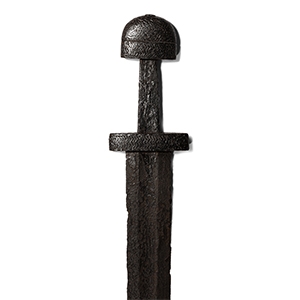

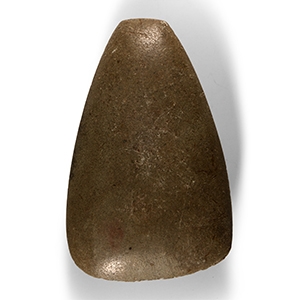
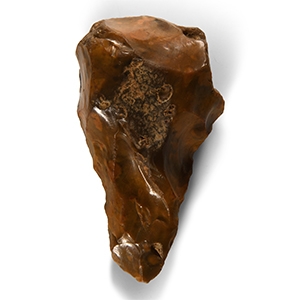

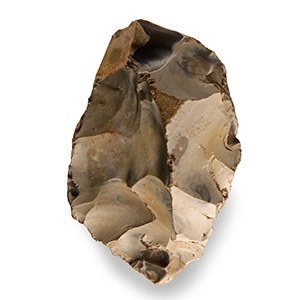
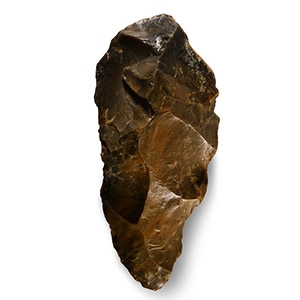
.jpg)
.jpg)
